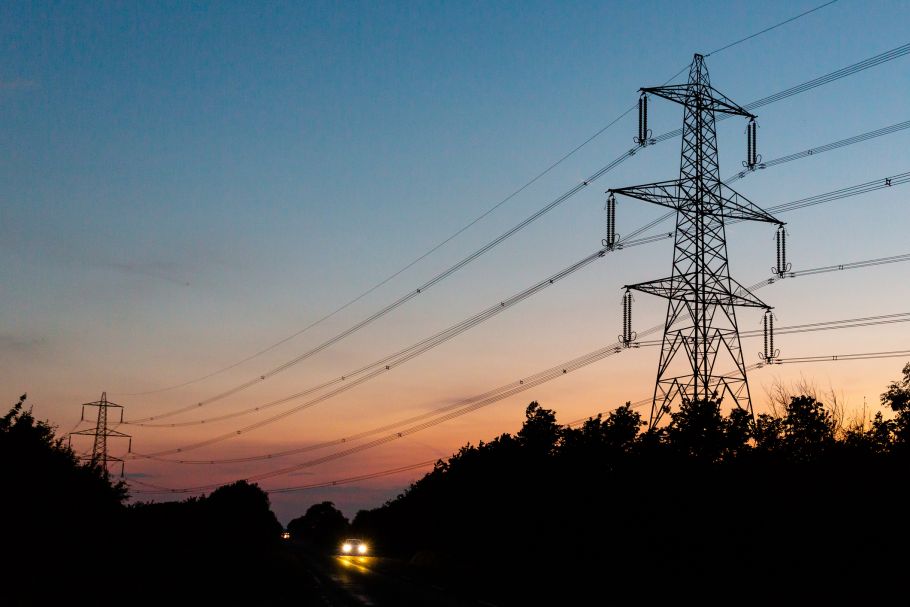
Date published: 14 June 2023
The onshore wind sector deal for Scotland: the winds of change?
One month on from All-Energy 2023, and with the Offshore Wind Strategy Leadership Group (the Leadership Group) publishing an overview of the key themes and considerations for any Onshore Wind Sector Deal (the Themes and Considerations Paper) at the end of May 2023, Fiona Kennedy considers some of the key points raised at All-Energy and how these may be reflected in the proposed Sector Deal.
The Scottish Government published its Onshore Wind Policy Statement 2022 (the Policy Statement) setting out its ambition to deploy 20GW of onshore wind by 2030, which would mean more than doubling Scotland’s level of onshore wind capacity. Although the benefits that onshore wind offers are well-known: providing a low-cost source of power, a wealth of highly skilled jobs and contributing to the economy, there have been significant barriers to date in the deployment of onshore wind at the speed required.
With this in mind, the Policy Statement calls for a strategic partnership between industry, government and communities, with the aim of overcoming these barriers and delivering on Scotland’s 2030 ambition. The Leadership Group, established in February 2023, has been tasked with bringing together existing workstreams, tackling barriers to the deployment of onshore wind and developing the Onshore Wind Sector Deal. No mean feat, but one of my core takeaways from All-Energy 2023 is the willingness of sector participants to work together to ensure that we can deliver on the 2030 ambition, realise the benefits that onshore wind can bring and ensure that onshore wind forms a critical part of our net zero ambitions.
Each member of the Leadership Group has been given a specific, and defined, area to lead on and is responsible for engaging with relevant stakeholders in their area. Some of these areas relate to the barriers to deployment, such as technical barriers, legislative and regulatory barriers and planning considerations. Others, such as supply chain, skills and circular economy seek to ensure that we capitalise on the many benefits onshore wind can bring to Scotland.
At All-Energy 2023 there was a clear enthusiasm from sector participants to do more and to get things done faster. There was a recognition that the speed, and clarity of planning decisions at times had worked against this aim. The Themes and Considerations Paper sets out a number of actions which the sector can take to assist the Government and other agencies to plan resourcing and complete tasks efficiently (such as providing accurate project pipeline dates). Likewise, there are suggested actions that the Government can take in order to ensure timely decision-making and to focus key resources on the most important issues (such as working with the sector, agencies and stakeholders to narrow EIA scopes and to develop templates). Combined, these changes should make a difference.
Another key theme arising from All-Energy was the need to capitalise on job creation generated by accelerated onshore wind deployment. Although schemes such as apprenticeships/graduate apprenticeships have a part to play, there was a recognition that it is not all about early careers. Policy must support those transitioning from other parts of the energy sector, such as oil and gas, in order to make the most of existing skills in the Scottish market and to ensure a just transition. Similarly, the Themes and Considerations Paper suggests that both sector collaboration with colleges and training providers, as well as Government commitment to continue the national strategic framework for skills and deliver on its Just Transition Plan, will play a key part in keeping up with the skills demand.
As one commentator put it at All-Energy 2023, there is a desire from those in onshore wind to “crack on” and play their part in combatting the global climate emergency. Putting the Sector Deal in place by September 2023 is undoubtedly an ambitious target but, achieving the 2030 ambition requires us to push further and faster than ever before, and, indeed, ambitious targets are the order of the day.
To find out more contact us here
Sectors: Clean Energy, Energy and Natural Resources, Energy Markets and Regulation














